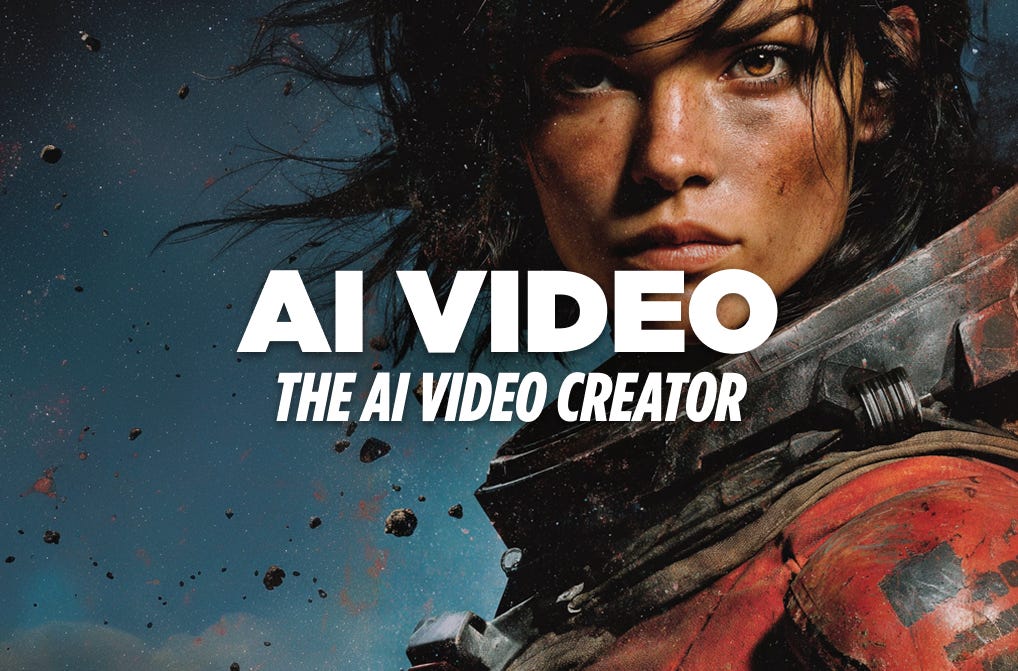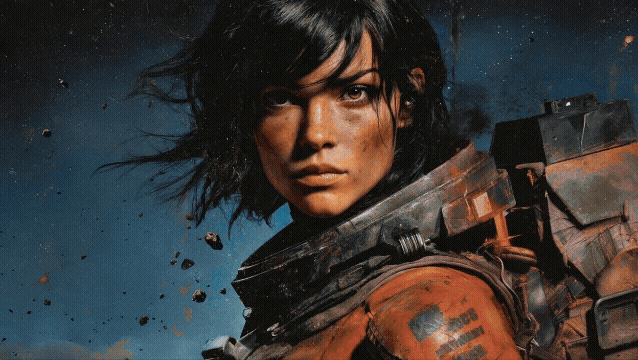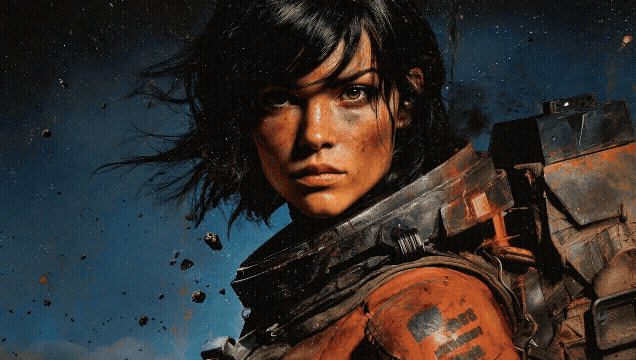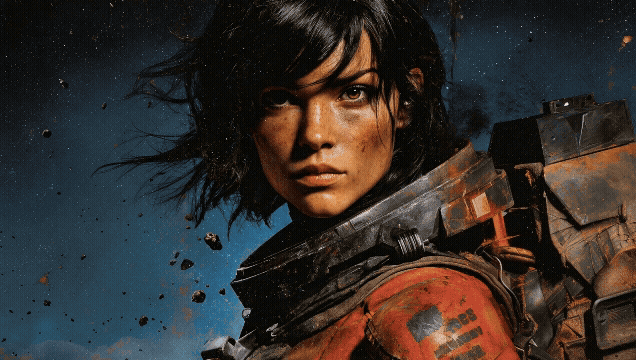Seedance has the secret to true multi-shot generation in AI Video
Go beyond static 5-second clips and create cinematic, multi-shot AI videos with this game-changing technique.
Is every AI video you generate starting to look the same? A perfectly centered character, a slow five-second pan, and… that's it. You have a dynamic story in your head, but your tools are fighting you.
You want a quick, 2-second reaction shot, but you're forced to generate five seconds.
You need a dramatic close-up on your character's hands or an over-the-shoulder shot to build suspense, but all you get is another bland portrait.
Your creative vision is being flattened by the limitations of the tools we are using.
This is the exact frustration that a powerful, and somewhat secretive, feature in ByteDance's Seedance 1.0 Pro is built to solve. It lets you think like a director, not just a prompt engineer.
Read more: Testing ByteDance’s AI Video Model Seedance 1.0. Is it better than Veo3?
The Secret? True Multi-Shot Generation.
While most tools generate one continuous scene, Seedance allows you to define and generate multiple, distinct shots within a single video clip.
Here’s how it works: You start with an initial image to lock in your character's appearance and the scene's aesthetic. Then, instead of writing one generic prompt, you can write up to three different prompts for three different "shots." The model intelligently generates each distinct scene, a wide shot, a close-up, a pan, while keeping your character and environment perfectly consistent.
It fills in the blanks, giving you a dynamic, edited sequence in the time it takes to generate one simple clip.
Example 1: Building a Narrative Scene
I tested this using Seedance 1.0 Pro on Freepik. After providing an initial image of a space scavenger, I used the "Add Shot" feature to create a sequence with three prompts:
Shot 1: Fast zoom out to the woman in full space scavenger gear, standing on Mars wasteland. (This sets the scene.)
Shot 2: Over the shoulder shot, in front of the woman, a panorama of Mars with red terrain and dark night. (This puts us in her perspective.)
Shot 3: Static camera as the woman walks into the terrain ahead of her. (This shows her taking action.)
In a single generation, I created a classic cinematic sequence: an establishing shot, a point-of-view shot, and an action shot. This instantly tells a more compelling story.
The best thing. We can just reroll and we get additional bits.
These are wonderful.
Example 2: Focusing on Character Details
Want to create a more intimate, character-focused moment? Let’s try another sequence with the same starting image, but this time focusing on small, storytelling details:
Shot 1: Fast panning around the woman in full space scavenger gear, standing on Mars wasteland.
Shot 2: Macro close up, the woman brushes the hair in her face.
Shot 3: The woman adjusts cyber controls in her left glove.
This sequence builds character. We see her environment, a moment of humanity, and her interacting with her technology. This is how you build a world, not just a moving image.
Let’s give it another shot.
The last shot with the pad and controls is just sweet.
Just add Nano Banana and you have an amazing workflow.
No other tool offers a similar functionality. Seedance 1.0 stands alone with this feature. Let’s hope others get the memo fast.
This isn't just about adding variety; it's about gaining cinematic control. It’s the difference between a static animation and a dynamic scene. Stop letting the tool dictate your story and start directing your vision.







